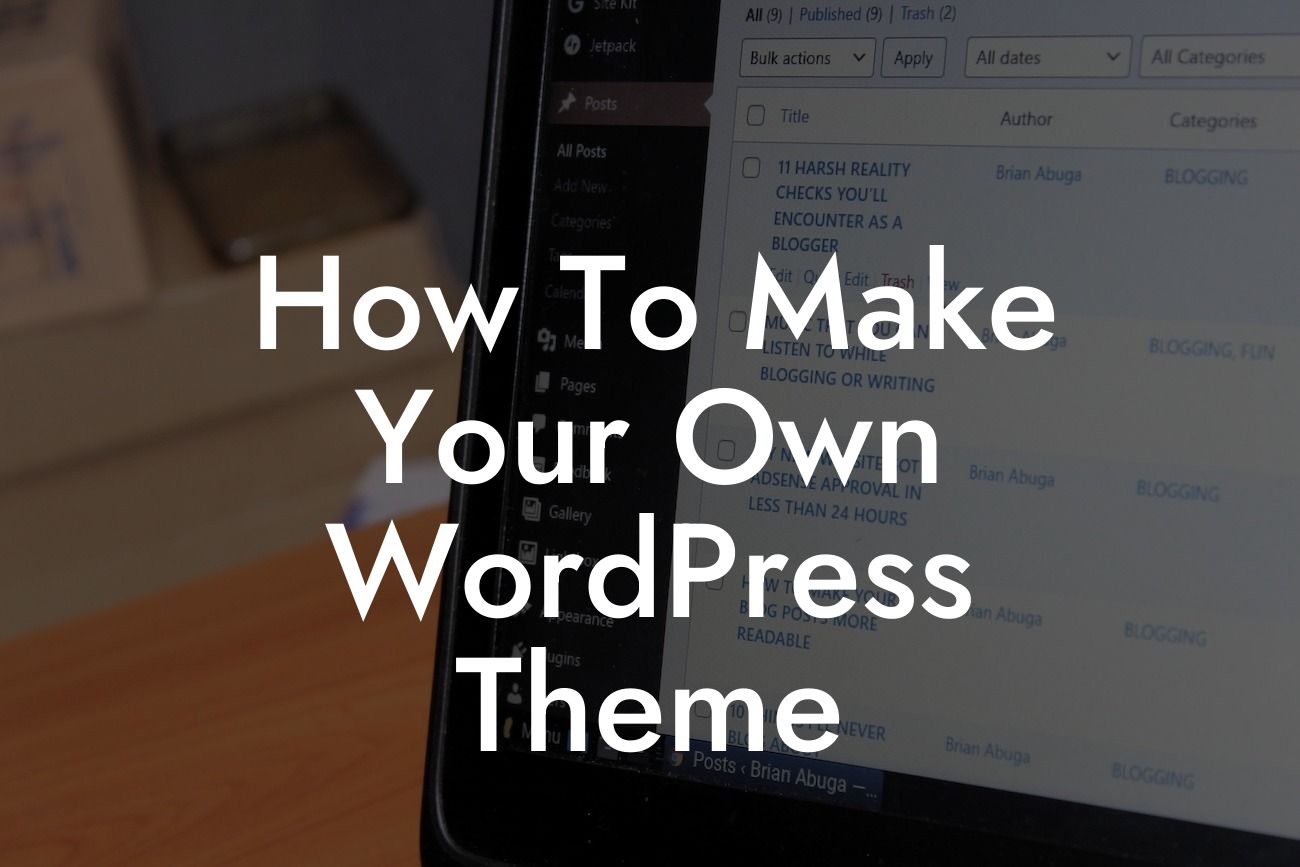Do you want a website that truly reflects your brand and stands out from the crowd? Creating your own WordPress theme is the way to go. With the power to customize every aspect of your website's look, layout, and functionality, you can take your online presence to the next level. In this guide, we will show you step-by-step how to make your own WordPress theme, empowering you to create a unique and remarkable website that captures attention and drives success.
Creating a WordPress theme from scratch may sound intimidating, but with the right guidance and tools, it becomes an exciting and rewarding journey. Let's dive into the process:
1. Planning and Design:
- Define your website's purpose and target audience to ensure your theme aligns with your goals.
- Sketch out a wireframe or design concept to visualize the structure and layout of your website.
Looking For a Custom QuickBook Integration?
- Choose suitable color schemes, fonts, and graphic elements that reflect your brand identity.
2. HTML and CSS:
- Set up a local development environment using tools like XAMPP or MAMP to work offline.
- Create the basic file structure of your theme, including index.php, header.php, footer.php, and style.css.
- Write HTML code to structure your website's content and CSS to define its presentation.
- Utilize CSS frameworks like Bootstrap or Foundation for a responsive and user-friendly design.
3. WordPress Template Hierarchy:
- Understand the WordPress template hierarchy, which determines how WordPress selects and displays template files.
- Create template files such as single.php, page.php, archive.php, and 404.php to control the layout and design of different sections of your website.
- Use template tags and conditional statements to dynamically display content based on post types, categories, or custom taxonomies.
4. Functionality with PHP:
- Implement functionality using PHP code. For example, you can add custom post types, theme options, and navigation menus.
- Leverage WordPress functions and hooks to enable dynamic content, such as displaying recent posts or integrating social media feeds.
- Avoid common pitfalls by following best practices and adhering to WordPress coding standards.
How To Make Your Own Wordpress Theme Example:
Imagine you run a boutique online store and want to create a WordPress theme that showcases your products beautifully. Your wireframe includes a homepage with a featured product slider, product categories with filtering options, individual product pages with image galleries, and a shopping cart. By following the steps outlined above, you can build a stunning theme that perfectly represents your brand and meets your customers' needs.
Congratulations! You have now learned how to make your own WordPress theme. With DamnWoo's range of powerful plugins designed specifically for small businesses and entrepreneurs, you can take your website to even greater heights. Explore our other guides for valuable insights and tips on maximizing your online success. Don't forget to share this article with others who may benefit from it. Start creating your exceptional website today with DamnWoo's awesome plugins.













